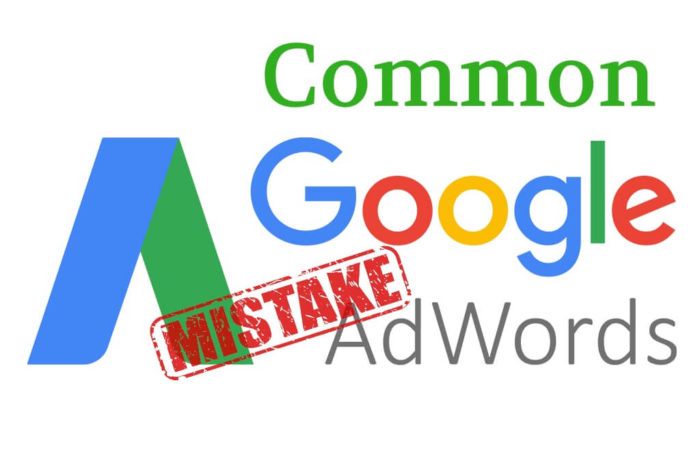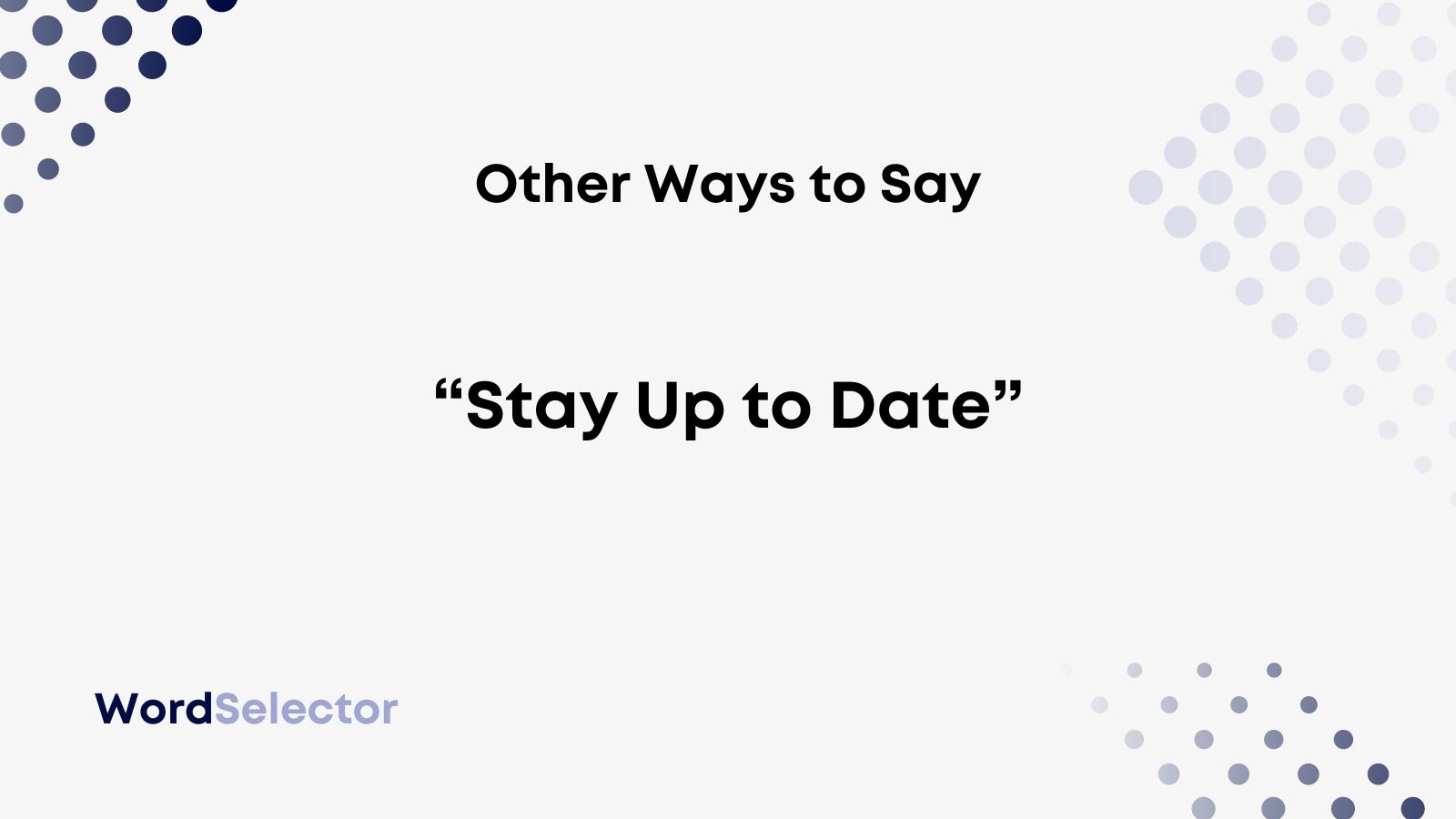What is AdWords and How Does it Work?
Google AdWords, now known as Google Ads, is an online advertising platform that allows businesses to create and display ads on Google’s search engine results pages (SERPs) and other partner websites. AdWords operates on a pay-per-click (PPC) model, where advertisers only pay when users click on their ads.
At the heart of AdWords is the concept of keywords. Advertisers choose relevant keywords that their target audience is likely to search for, and then create ads that will appear when those keywords are entered into the search bar. AdWords uses a complex algorithm to determine which ads to display and in what order, based on factors such as the relevance and quality of the ad, the bid amount, and the user’s location and search history.
One important factor that determines the success of an AdWords campaign is quality score. Quality score is a rating that AdWords assigns to each keyword based on its relevance to the ad and landing page, as well as the historical click-through rate (CTR) of the ad. Ads with higher quality scores are more likely to be displayed in a prominent position and at a lower cost per click (CPC).
In summary, AdWords is a powerful online advertising platform that allows businesses to reach a targeted audience and measure results with precision. By understanding the basics of keywords, ad auctions, and quality score, businesses can create effective AdWords campaigns that drive traffic, leads, and sales.
Why Use AdWords for Your Business?
Google AdWords, now known as Google Ads, is a powerful online advertising platform that offers numerous benefits for businesses of all sizes. By using AdWords, businesses can reach a targeted audience, measure results with precision, and control ad spend with ease.
One of the primary advantages of AdWords is its ability to reach a highly targeted audience. AdWords allows businesses to target users based on a wide range of factors, including location, age, gender, interests, and search history. This means that businesses can create ads that are specifically tailored to their ideal customer, increasing the likelihood of conversions and reducing wasted ad spend.
Another benefit of AdWords is its ability to measure results with precision. AdWords provides detailed performance data, including metrics such as click-through rate (CTR), cost per click (CPC), and conversion rate. This data allows businesses to track the effectiveness of their campaigns, identify areas for improvement, and make data-driven decisions about their ad spend.
AdWords also offers businesses greater control over their ad spend. With AdWords, businesses can set daily budgets, adjust bids based on performance data, and pause or stop campaigns at any time. This level of control allows businesses to maximize their return on investment (ROI) and ensure that their ad spend is being used effectively.
Real-world examples of businesses that have successfully used AdWords abound. For instance, a local bakery might use AdWords to target users searching for “bakeries near me,” increasing foot traffic and sales. A software company might use AdWords to target users searching for specific keywords related to their product, driving leads and conversions. In each case, AdWords allows businesses to reach their ideal customer, measure results, and control ad spend with precision.
In summary, AdWords offers numerous benefits for businesses looking to reach a targeted audience, measure results, and control ad spend. By using AdWords, businesses can create effective online advertising campaigns that drive traffic, leads, and sales.
Setting Up Your AdWords Account: A Step-by-Step Guide
Google AdWords, now known as Google Ads, is a powerful online advertising platform that can help businesses of all sizes reach new customers and grow their revenue. However, before you can start creating and launching AdWords campaigns, you need to set up an AdWords account.
Setting up an AdWords account is a relatively straightforward process, but there are a few key steps you need to follow to ensure that your account is set up correctly. Here’s a step-by-step guide to setting up your AdWords account:
-
Go to the AdWords homepage (https://ads.google.com/home/) and click on the “Start now” button.
-
Sign in to your Google account. If you don’t have a Google account, you’ll need to create one before you can set up your AdWords account.
-
Enter your business information, including your business name, website URL, and billing information. You’ll also need to set up your currency and time zone preferences.
-
Set up conversion tracking. Conversion tracking allows you to measure the effectiveness of your AdWords campaigns by tracking the actions that users take on your website after clicking on your ads. To set up conversion tracking, you’ll need to add a small piece of code to your website.
-
Create your first campaign. When creating your first campaign, you’ll need to choose a campaign type (such as Search, Display, or Video), set your budget, and choose your targeting options. You’ll also need to create your ad copy and choose your keywords.
-
Launch your campaign. Once you’ve set up your campaign, you can launch it and start reaching new customers.
By following these steps, you can set up your AdWords account quickly and easily. Once your account is set up, you can start creating and launching effective AdWords campaigns that help you reach your business goals.
How to Create Effective AdWords Campaigns
Google AdWords is a powerful online advertising platform that can help businesses of all sizes reach new customers and grow their revenue. However, creating effective AdWords campaigns requires careful planning, execution, and ongoing optimization. Here are some tips and best practices for creating effective AdWords campaigns.
Conduct Keyword Research
Keyword research is the foundation of any successful AdWords campaign. By conducting thorough keyword research, you can identify the keywords and phrases that your target audience is searching for, and use them to create highly targeted ad campaigns. Use tools like Google Keyword Planner and SEMrush to identify high-volume, low-competition keywords that are relevant to your business.
Write Compelling Ad Copy
Your ad copy is what persuades users to click on your ads and visit your website. Make sure your ad copy is clear, concise, and compelling. Use strong action verbs, and include a clear call-to-action (CTA) that encourages users to take action. Test different ad copy variations to see which ones perform best.
Use Ad Extensions
Ad extensions are a powerful way to enhance your ad copy and provide users with more information about your business. Use ad extensions like sitelinks, callouts, and structured snippets to highlight your unique selling points, showcase your products and services, and provide users with additional resources.
Target Your Ads
Targeting is key to creating effective AdWords campaigns. Use targeting options like location, device, and audience to ensure your ads are being shown to the right people at the right time. Use negative keywords to exclude irrelevant searches and improve your click-through rate (CTR).
Monitor and Optimize Your Campaigns
Once your campaigns are up and running, it’s important to monitor their performance and make ongoing optimizations. Use tools like Google Analytics and AdWords reporting to track your campaigns’ performance, and make data-driven decisions about which keywords, ad copy, and targeting options are working best. Test different variations of your ads and landing pages to see which ones perform best, and make adjustments as needed.
By following these tips and best practices, you can create effective AdWords campaigns that help you reach your business goals. Remember, creating effective AdWords campaigns takes time, effort, and ongoing optimization. But with the right approach, you can drive traffic, leads, and sales for your business.
Optimizing Your AdWords Campaigns for Maximum ROI
Google AdWords is a powerful online advertising platform that can help businesses of all sizes reach new customers and grow their revenue. However, creating effective AdWords campaigns is only half the battle. To maximize your return on investment (ROI) and get the most out of your AdWords budget, you need to optimize your campaigns on an ongoing basis.
A/B Test Ad Copy
A/B testing, also known as split testing, is a technique that involves testing two or more variations of your ad copy to see which one performs best. By A/B testing your ad copy, you can identify which headlines, descriptions, and calls-to-action (CTAs) are most effective at driving clicks and conversions. Use tools like Google Optimize to create and test different ad copy variations, and make data-driven decisions about which ones to use.
Adjust Bids Based on Performance Data
Bid adjustments allow you to increase or decrease your bids for certain keywords, ad placements, and targeting options based on their performance. By analyzing your performance data and making bid adjustments accordingly, you can ensure that your ads are being shown to the right people at the right time, and that you’re not overspending on underperforming keywords and ad placements.
Analyze Performance Data
Performance data is the key to optimizing your AdWords campaigns. Use tools like Google Analytics and AdWords reporting to track your campaigns’ performance, and make data-driven decisions about which keywords, ad copy, and targeting options are working best. Look for trends and patterns in your data, and use that information to make informed decisions about your campaigns.
Use Automated Rules
Automated rules allow you to automate certain aspects of your AdWords campaigns, such as bid adjustments, ad scheduling, and ad rotation. By using automated rules, you can save time and ensure that your campaigns are always optimized for maximum performance. Use tools like AdWords Scripts to create custom automated rules that meet your specific needs and goals.
Remarket to Past Visitors
Remarketing is a technique that involves targeting ads to people who have previously visited your website or engaged with your brand. By remarketing to past visitors, you can increase brand awareness, keep your business top-of-mind, and encourage repeat purchases. Use tools like Google Remarketing and Customer Match to create highly targeted remarketing campaigns that drive results.
By following these strategies and best practices, you can optimize your AdWords campaigns for maximum ROI and get the most out of your advertising budget. Remember, optimizing your campaigns is an ongoing process that requires careful planning, execution, and analysis. But with the right approach, you can drive traffic, leads, and sales for your business.
Advanced AdWords Techniques for Power Users
Google AdWords is a powerful online advertising platform that offers a wide range of features and capabilities. While the basics of AdWords are relatively straightforward, there are many advanced techniques that can help power users take their campaigns to the next level. Here are some advanced AdWords techniques to consider:
Use Automated Rules
Automated rules allow you to automate certain aspects of your AdWords campaigns, such as bid adjustments, ad scheduling, and ad rotation. By using automated rules, you can save time and ensure that your campaigns are always optimized for maximum performance. For example, you could create a rule that automatically increases your bids by 10% for keywords with a quality score of 7 or higher.
Remarket to Past Visitors
Remarketing is a technique that involves targeting ads to people who have previously visited your website or engaged with your brand. By remarketing to past visitors, you can increase brand awareness, keep your business top-of-mind, and encourage repeat purchases. Use tools like Google Remarketing and Customer Match to create highly targeted remarketing campaigns that drive results.
Use Audience Targeting
Audience targeting allows you to target your ads to specific groups of people based on their interests, demographics, and behaviors. By using audience targeting, you can ensure that your ads are being shown to the right people at the right time, and that you’re not wasting ad spend on underperforming audiences.
Use Ad Customizers
Ad customizers allow you to dynamically insert specific text or data into your ads based on factors like search query, location, and device. By using ad customizers, you can create highly personalized and relevant ads that drive better performance.
Test Ad Schedules
Ad scheduling allows you to specify when your ads should be shown, and when they should be paused. By testing different ad schedules, you can identify the times of day and week when your ads perform best, and adjust your bids and budget accordingly.
By using these advanced AdWords techniques, you can take your campaigns to the next level and drive better results for your business. However, it’s important to remember that advanced techniques require careful planning, execution, and analysis. Make sure you’re tracking your performance data and making data-driven decisions about which techniques to use, and when to use them.
Troubleshooting Common AdWords Issues
Google AdWords is a powerful online advertising platform, but it’s not without its challenges. From low quality scores to ad disapproval, there are many issues that can arise when managing AdWords campaigns. Here are some common AdWords issues and how to address them:
Low Quality Score
Quality score is a measure of the relevance and quality of your keywords, ad copy, and landing pages. A low quality score can lead to higher costs and lower ad rankings. To improve your quality score, focus on creating highly relevant and valuable ad content, and make sure your landing pages are optimized for user experience and conversion.
Ad Disapproval
Ad disapproval occurs when your ads violate Google’s advertising policies. To avoid ad disapproval, make sure you’re familiar with Google’s policies and that your ads comply with them. Use tools like the AdWords policy checker to ensure that your ads are compliant before launching your campaigns.
Poor Performance
Poor performance can be caused by a variety of factors, including low quality scores, poor ad targeting, and ineffective ad copy. To address poor performance, start by analyzing your performance data and identifying areas for improvement. Use tools like Google Analytics and AdWords reporting to track your campaigns’ performance, and make data-driven decisions about which keywords, ad copy, and targeting options are working best.
High Cost-Per-Click (CPC)
High cost-per-click (CPC) can be a major challenge for AdWords advertisers. To reduce your CPC, focus on improving your quality score, targeting long-tail keywords with lower competition, and using ad extensions to increase the relevance and value of your ads.
Limited Ad Budget
Limited ad budget can be a major challenge for small businesses and startups. To make the most of your ad budget, focus on targeting high-value keywords and audiences, and use tools like ad scheduling and bid adjustments to ensure that your ads are being shown to the right people at the right time.
By addressing these common AdWords issues, you can improve the performance and ROI of your campaigns, and ensure that you’re getting the most value out of your advertising budget.
Staying Up-to-Date with AdWords Changes and Best Practices
Google AdWords is a constantly evolving platform, with new features, updates, and best practices emerging all the time. To stay current with AdWords and ensure that you’re making the most of your advertising budget, it’s important to stay up-to-date with the latest changes and best practices. Here are some resources and strategies for staying informed:
Follow AdWords Blogs and News Sites
One of the best ways to stay current with AdWords is to follow blogs and news sites that cover the platform. Google’s official AdWords blog is a great place to start, as it provides updates on new features, best practices, and case studies. Other reputable AdWords blogs and news sites include Search Engine Land, Search Engine Journal, and PPC Hero.
Attend AdWords Conferences and Webinars
Attending AdWords conferences and webinars is a great way to learn from experts, network with other AdWords users, and stay up-to-date with the latest trends and best practices. Some popular AdWords conferences and webinars include AdWords University, AdWords Master Class, and AdWords Success Summit.
Join AdWords Communities and Forums
Joining AdWords communities and forums is a great way to connect with other AdWords users, ask questions, and share best practices. Some popular AdWords communities and forums include the AdWords Community, AdWords Users Group, and the AdWords subreddit.
Experiment and Test
Finally, one of the best ways to stay up-to-date with AdWords is to experiment and test new features and strategies. By testing different ad copy, targeting options, and bidding strategies, you can identify what works best for your business and stay ahead of the competition.
By following these resources and strategies, you can stay current with AdWords and ensure that you’re making the most of your advertising budget. Remember, AdWords is a constantly evolving platform, so it’s important to stay informed and adapt your strategies as needed.





